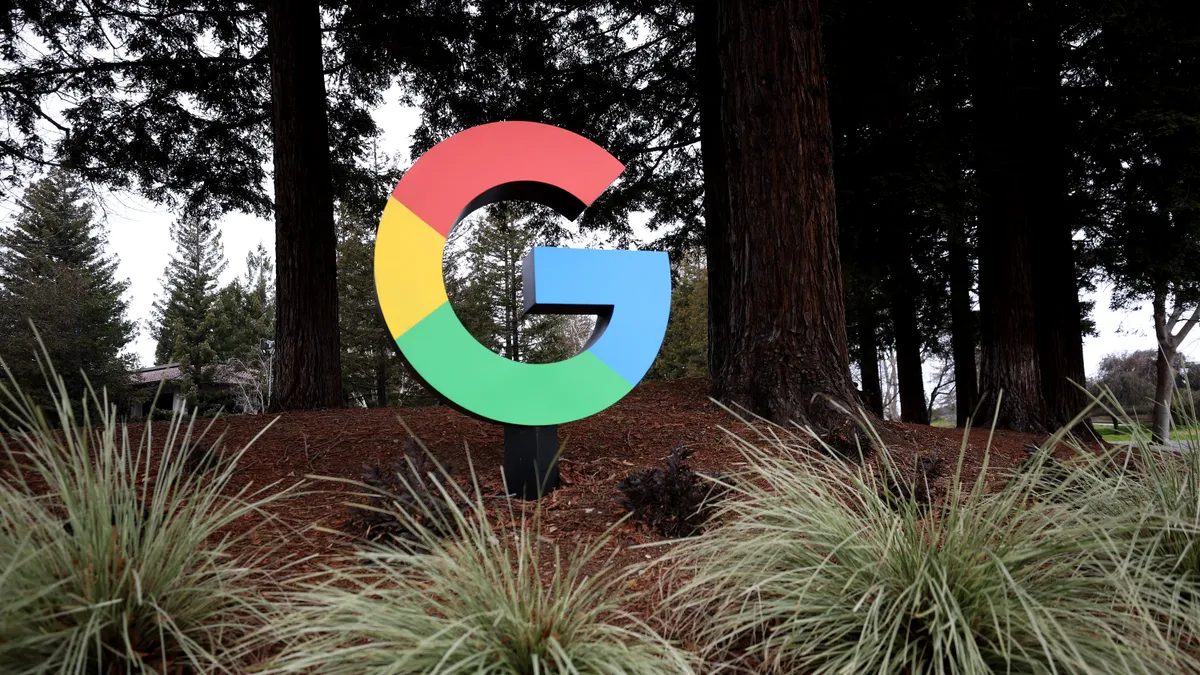Dive Brief:
- Google unveiled a slew of updates for its artificial intelligence (AI) chatbot Bard at its annual Google I/O developer conference on Wednesday, per a blog post, notably eliminating the waitlist for the tool and opening access to over 180 countries.
- Forthcoming features include image-backed responses and a Google Lens integration allowing users to submit an image tied to text-based search prompts. Also in the pipeline is an integration with generative AI-backed Adobe Firefly to generate images from creative prompts.
- Additional third-party plug-ins are in the works, including tie-ups with ZipRecruiter, Instacart, OpenTable, Kayak, Wolfram and Khan Academy. The new features arrive as OpenAI’s ChatGPT has garnered considerable attention in the marketplace.
Dive Insight:
Google’s AI-fueled Bard, widely recognized as its answer to ChatGPT, is getting a swath of buzzy new features as the tech giant looks to stay competitive in an increasingly popular generative AI space. At its core, the tool has notably been updated to Google’s next-generation learning model, PaLM 2, recognized for its stronger reasoning and coding capabilities, per blog details, which could help instill a sense of maturity for the months-old offering.
Among other updates, Bard will now be available to a much wider audience with the elimination of its user waitlist, inviting a new level of users to provide feedback, which has previously yielded a bit of a mixed bag as the chatbot is still in its early stages. Google also added two new languages to the tool, Japanese and Korean, with 40 additional languages slated to come soon. However, such large language models are still a nascent technology, according to Sissie Hsiao, vice president and general manager of Google Assistant and Bard, and author of the announcement.
While Google has insisted in the past that Bard is not a search engine, it also announced plans for visual search, which includes the ability for image-supported prompts and responses. For example, users could ask for must-sees in New Orleans and in return will get both a text response and images to help gain a better understanding, Hsiao explained. Using images in prompts, users can submit photos and ask for a creative caption, leveraging Google Lens to analyze the photo’s contents before generating responses.
Bard will soon be compatible with additional apps and services, a move that follows a similar announcement from ChatGPT and sees the pair exploring future monetization potential. Along with integrating Google apps, like Docs, Drive, Gmail and Maps, additional extensions will come from third-party partners. For example, with Adobe Firefly, a user could ask for an image for a seven-year-old’s birthday party that includes a unicorn and a cake and receive results within seconds, Hsai said.
Ramping up monetization efforts for Bard could help Google during a period of turbulence, with advertising revenue in Q1 shrinking for the second consecutive quarter, and its core search business increasingly facing competition from Microsoft’s Bing. In kind, search was a major focus at Google’s developer conference, with the company announcing that it has begun testing generative AI in search.















